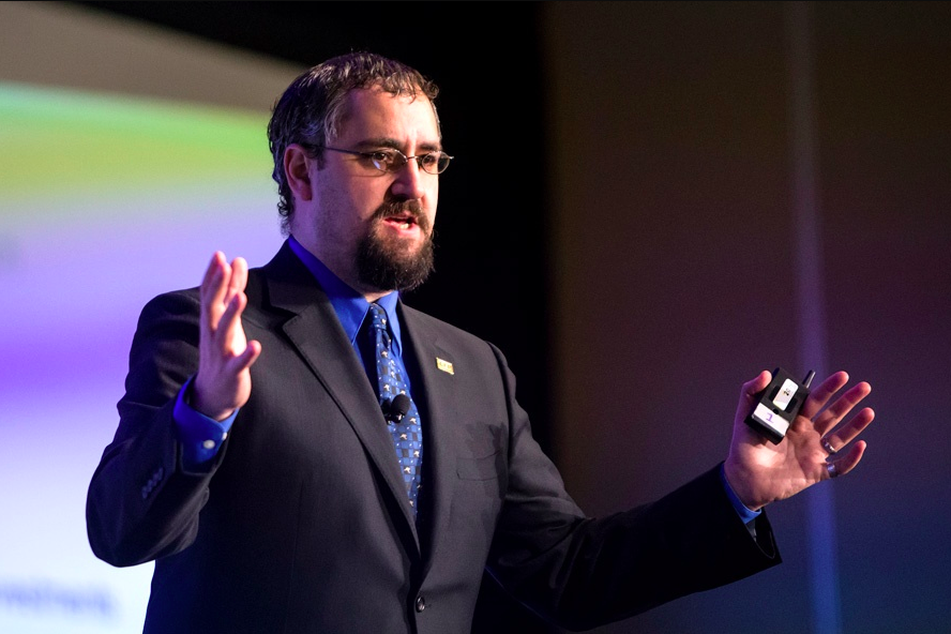XY Planning Network firms wonder if group can support them long term

Network continues growing by 50 advisers a month even as some drop out.
The five-year-old XY Planning Network is looking to deepen its relationships with financial advice firm members that question the network’s value long term.
During a question-and-answer session last week with XYPN co-founders Michael Kitces and Alan Moore at the group’s annual conference for advisers, several members asked about the network’s ability to support financial planners beyond their startup years.
Advisers asked about some of XYPN’s earliest members leaving the group, how many firms aren’t surviving three years, and if Mr. Moore and Mr. Kitces are planning to reduce fees or otherwise increase the network’s value for long term members.
[Recommended Video: Michael Kitces: Efficiencies become crucial for advice firms when they grow]
“It seems like many of the benefits are jammed into year one or two,” said one XYPN attendee via digital app.
Mr. Moore acknowledged that XYPN has done a poor job showcasing what the group does for financial planning firms after the initial launch phase, and said the group is making a concerted effort to offer more to advisers who have been members for a couple of years.
“Our goal is to continue to roll out new offerings and be able to better serve,” Mr. Moore said. “We want to be the platform for your firms to continue to grow and mature.”
Cutting membership fees, however, isn’t likely as it would force XYPN to cut the services it provides, Mr. Moore said.
“While we do run a profitable business, we are not running 50% profit margins with the ability to just chop our fees in half and call it good,” he said.
As for adviser retention, Mr. Moore said XYPN is keeping with its target of less than 2% of advisers leaving the network per month. But even that number is skewed by people who join XYPN and never end up launching a firm, he said.
For example, of the 13 members who left XYPN in a recent month, more than half were advisers who joined when they were exploring the possibility of launching a firm but ultimately decided it’s not the right time.
Others end up growing so fast that they outgrow the network and XYPN is investing in building or finding the tools and services they need, Mr. Moore said. For example, the network is rolling out new coaching services around sales, compliance and financial planning, and creating a white-label tax service called XY Tax Solutions that advisers can use to help prepare clients tax returns.
Some advisers also have left after disagreeing with XYPN’s philosophy around diversity and inclusion, while others disagree with XYPN’s ongoing support of the certified financial planning board, the co-founders said.
Others just don’t make it, and Mr. Moore said his team is getting better at identifying which advisers are most likely to thrive with their own financial planning firms. They include those who have a certified financial planning designation, have focused client or service niches, and those with enough money in the bank to make it through the potentially tough couple of early years are the most likely to survive.
Mr. Kitces pointed out that even financial planning firms that don’t ultimately make it, aren’t necessarily “failures.” Some advisers got hired by more established firms in their local areas, while others are being acquired.
“When your fall back is ‘oh, I just have to take a salary that might even be six figures to work at a local advisory firm that gives me clients,’ it’s not the worst downside,” Mr. Kitces said. “Because firms value experience at the end of the day.”
Overall, XYPN continues growing at a rate of about 50 new advisers per month, the founders said. In five years, the group went from 50 independent financial planning firm members to more than 1,000.
Advisers also wanted to know how much XYPN’s lawsuit against the Securities and Exchange Commission would cost (about $50,000 to start, Mr. Kitces said) and if they had data on client retention when billing a monthly fee versus a charging based on assets under management. Mr. Kitces said he would like to see a full study on the subject, but would be shocked if retention rates for monthly subscription fees was as high as AUM.
(More: Financial planning founders started a movement — and created a profession)
At the end of day, it’s just much harder for a client to fire their AUM adviser, he said.
“We have long advocated that a lot of these fee-for-service models are frankly an alternative for people who don’t have the A to M in the first place,” Mr. Kitces said at the conference and also wrote about on his blog. “If you could work with someone on an AUM basis and they want to work with you on an AUM basis — like, they want to delegate and hand over the dollars — the client psychology of it is that tends to be stickier because it’s a pain in the butt to move money in the modern environment.”
Mr. Moore and Mr. Kitces envision growing their network to at least 5,000 independent financial advisers, but were adamant that they have no plans to sell the network to a financial institution.
Learn more about reprints and licensing for this article.








